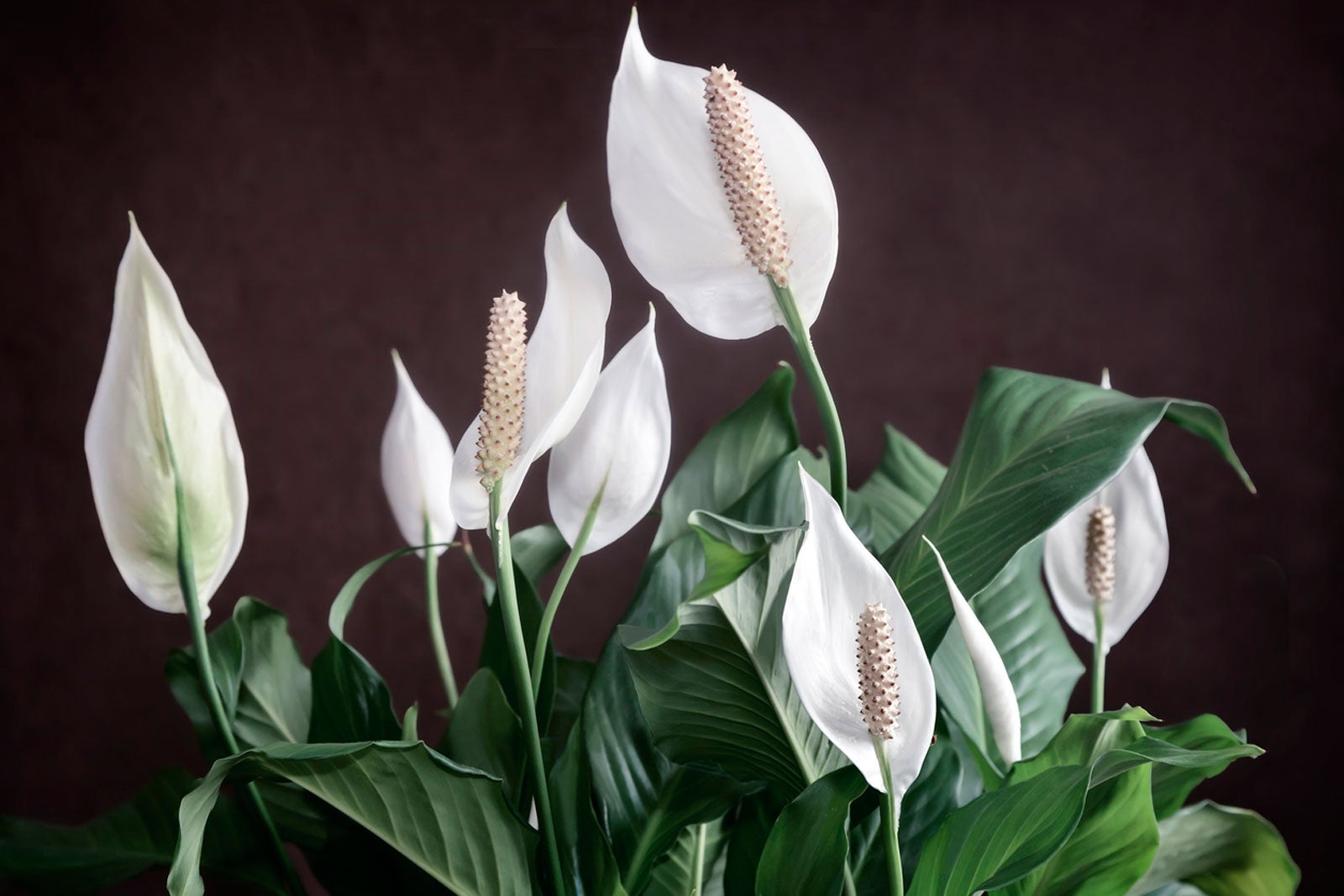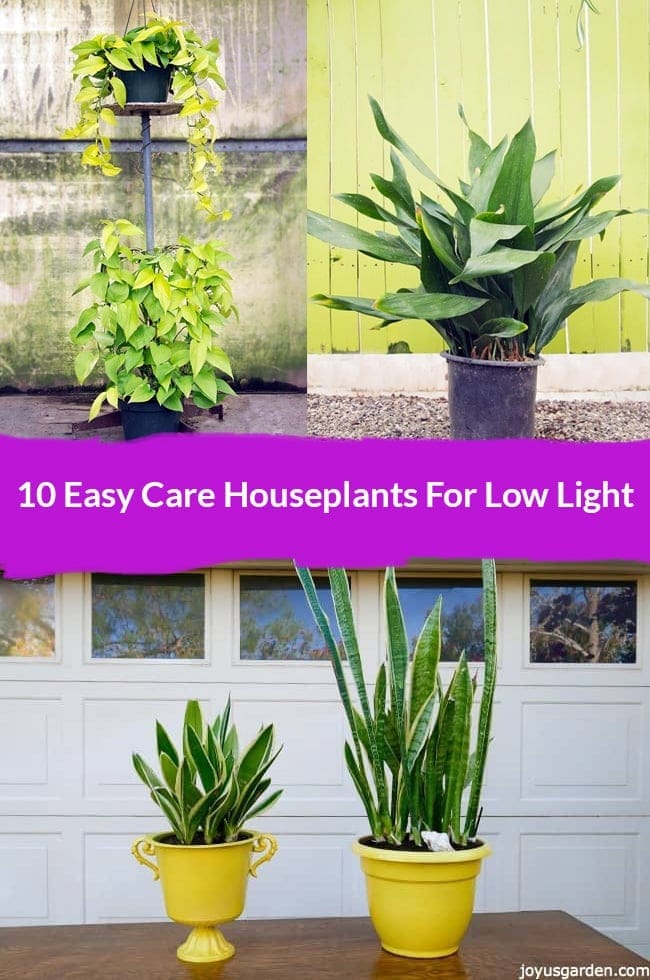The Best Low-Light Indoor Plants for Beginners and Busy Plant Owners
The Best Low-Light Indoor Plants for Beginners and Busy Plant Owners
Blog Article
Discover the Secrets of Low-Light Indoor Plants and Exactly How They Improve Your Atmosphere
Low-light interior plants have amassed increasing focus for their special capacity to boost both aesthetic appeal and ecological top quality within homes and workplaces. These resistant varieties, including the Snake Plant and Peace Lily, not only flourish in tough lighting conditions yet also play a pivotal role in air purification and emotional health.
Benefits of Low-Light Indoor Plants
Although lots of people assume that indoor plants require bountiful sunshine to prosper, low-light indoor plants offer a multitude of advantages that make them excellent for various environments. One of the key advantages is their adaptability; they can prosper in rooms with minimal natural light, such as workplaces, cellars, or rooms with tiny home windows. This function allows individuals to enhance their environments with greenery, adding to enhanced looks without the requirement for comprehensive lights adjustments.
Moreover, low-light interior plants can significantly improve interior air quality by launching and filtering system damaging toxic substances oxygen, making living areas healthier. The presence of plants has been connected to greater sensations of tranquility and focus.
In addition, low-light plants typically require much less upkeep than their sun-loving counterparts, making them excellent for active individuals or those brand-new to horticulture. Their durability enables them to prosper with very little treatment, thus offering a fulfilling experience for plant fanatics and amateurs alike. In summary, low-light interior plants serve both functional and visual objectives, making them important enhancements to any type of space.
Leading Low-Light Plant Ranges
Low-light interior plants been available in a range of varieties, each offering unique features and advantages fit for dim atmospheres. Among the most popular selections is the Serpent Plant (Sansevieria), understood for its architectural leaves and air-purifying capabilities. This durable plant grows on disregard and can endure a large range of light problems.
Another exceptional choice is the ZZ Plant (Zamioculcas zamiifolia), which includes shiny, dark green leaves and is highly drought-tolerant. Its versatility makes it a preferred for offices and homes with minimal sunshine.
The Pothos (Epipremnum aureum) is also a top challenger, with its routing creeping plants and heart-shaped leaves - Best low-light indoor plants. This flexible plant can be trained to climb up or waterfall, adding aesthetic interest to any area

Care Tips for Low-Light Plants
Caring for low-light interior plants needs a nuanced understanding of their particular needs to make certain optimum growth and vigor. It is important to choose the ideal potting mix, as a well-draining soil is essential to stop origin rot. A blend created for houseplants, usually containing peat moss and perlite, functions well for the majority of low-light varieties.
Watering is one more essential aspect of care. Low-light plants normally require much less regular watering compared to their sun-loving equivalents. It is a good idea to examine the top inch of soil; if it feels dry, it's time to water. Overwatering can lead to complications such as mold and origin decay.
Fertilization needs to be approached with caution. Throughout the expanding period, a diluted fluid plant food can be used monthly, but in winter season, many low-light plants enter inactivity and call for little to no fertilizing.
Lastly, it is necessary to periodically clean the fallen leaves to get rid of dust, permitting much better light absorption. By sticking to these treatment pointers, you can cultivate a growing environment for your low-light interior plants, improving both their appearance and longevity.
Enhancing Air High Quality With Plants
Interior plants play a considerable duty in boosting air high quality within homes and workplace spaces. With the procedure of photosynthesis, these plants take in co2 and release oxygen, contributing to a much healthier environment. Additionally, specific low-light interior plants possess the capability to filter dangerous contaminants, such as formaldehyde, trichloroethylene, and benzene, which are typically located in indoor atmospheres.

Furthermore, the presence of indoor plants can enhance moisture degrees, which helps reduce dry skin and respiratory system concerns, additionally enhancing total health. This capacity to improve air quality not only promotes physical health but additionally sustains psychological health.
Integrating low-light interior plants into your living and functioning rooms can lead to a much more invigorating and lively setting (Best low-light indoor plants). Buying these all-natural air purifiers is an easy yet effective approach for enhancing interior air high quality and fostering a healthier lifestyle
Creating a Calm Indoor Room
The combination of plants into living areas not only enhances air high quality however additionally adds to a relaxing atmosphere. Low-light interior plants, such as serpent plants and pothos, are particularly reliable in producing a serene setting, as they prosper in problems that might otherwise be unwelcoming for other plant. Their lush foliage provides a calming visual, reducing tension and advertising relaxation.
Integrating these plants right into your home or office can evoke a feeling of tranquility and well-being. Purposefully placing them in locations where you spend substantial time, such as living spaces or workspaces, enables an immersive experience with nature, which has actually been revealed to improve mood and cognitive feature.
In addition, the mild activity of fallen leaves in response to airflow can develop a dynamic aesthetic aspect that improves the overall setting. Think about utilizing a selection of plant elevations and textures to include deepness and passion to your room. With thoughtful positioning and care, low-light indoor plants can change any type of location into a peaceful haven, fostering helpful hints not only aesthetic satisfaction however mental and likewise emotional wellness.

Conclusion
Including low-light interior plants right into have a peek here various atmospheres returns significant benefits, including boosted air top quality and boosted visual allure. The transformative power of low-light plants highlights their worth in enhancing both occupational and domestic setups.
Although many people assume that interior plants call for abundant sunshine to flourish, low-light interior plants supply a plethora of benefits that make them excellent for various environments.In addition, low-light interior plants can substantially enhance interior air high quality by launching and filtering system harmful toxic substances oxygen, making living spaces healthier. In addition, particular low-light interior plants possess the ability to filter unsafe contaminants, such as formaldehyde, benzene, and trichloroethylene, which are commonly discovered in indoor atmospheres.
Low-light interior plants, such as serpent plants and pothos, are specifically reliable in developing a tranquil environment, as they grow in conditions that might otherwise be inhospitable for other greenery.Incorporating low-light indoor plants right into different settings yields significant benefits, consisting of boosted air top quality and improved aesthetic allure.
Report this page